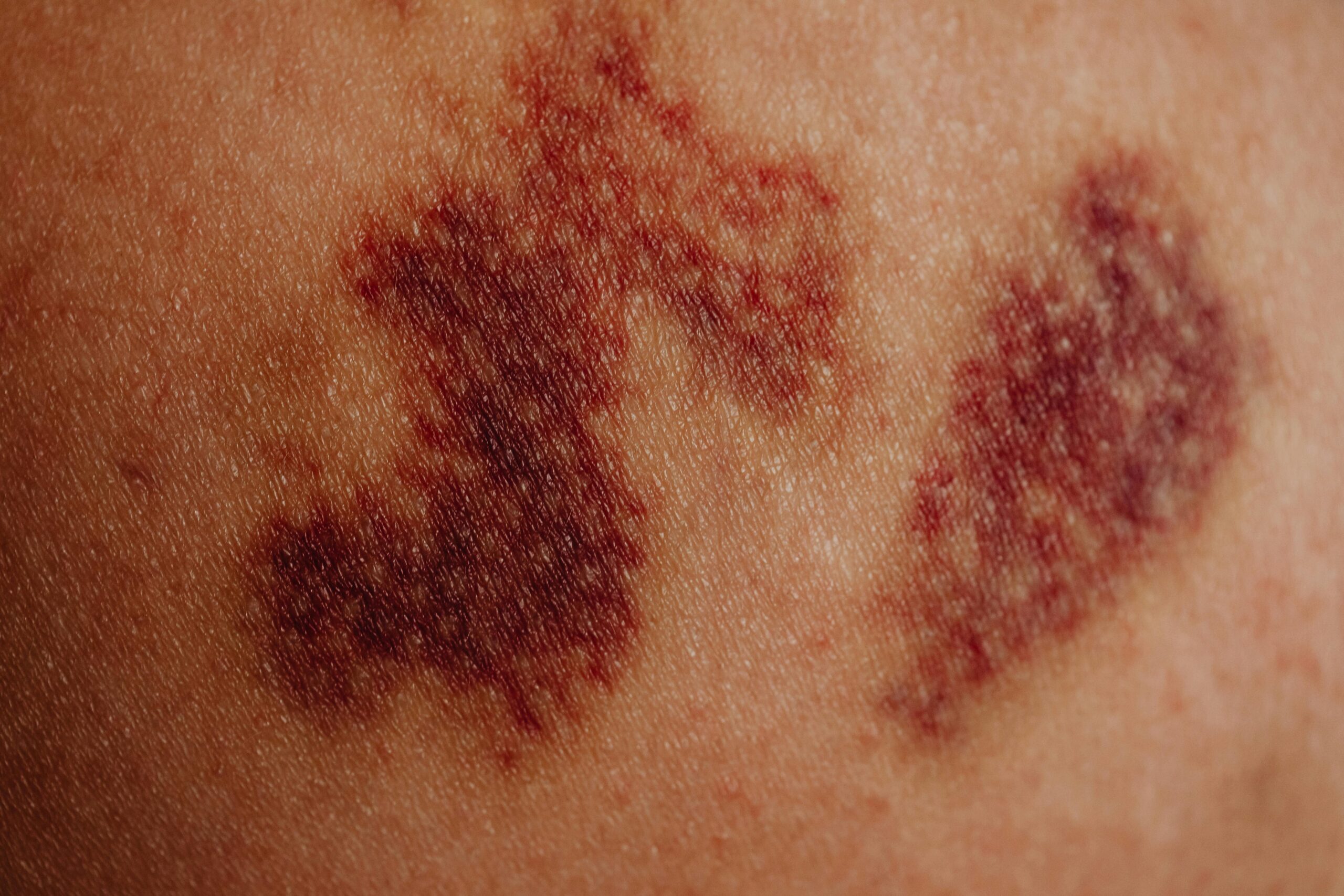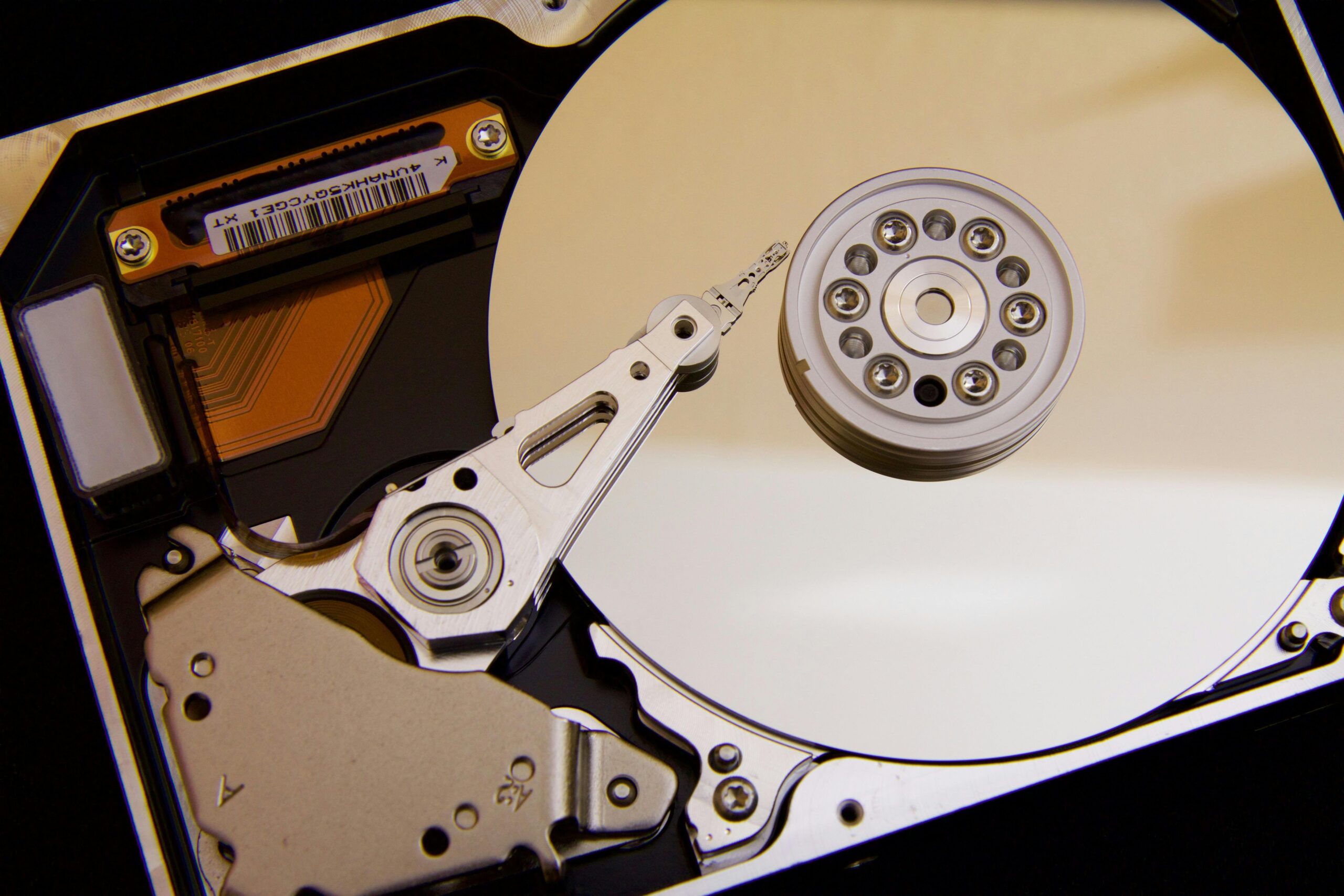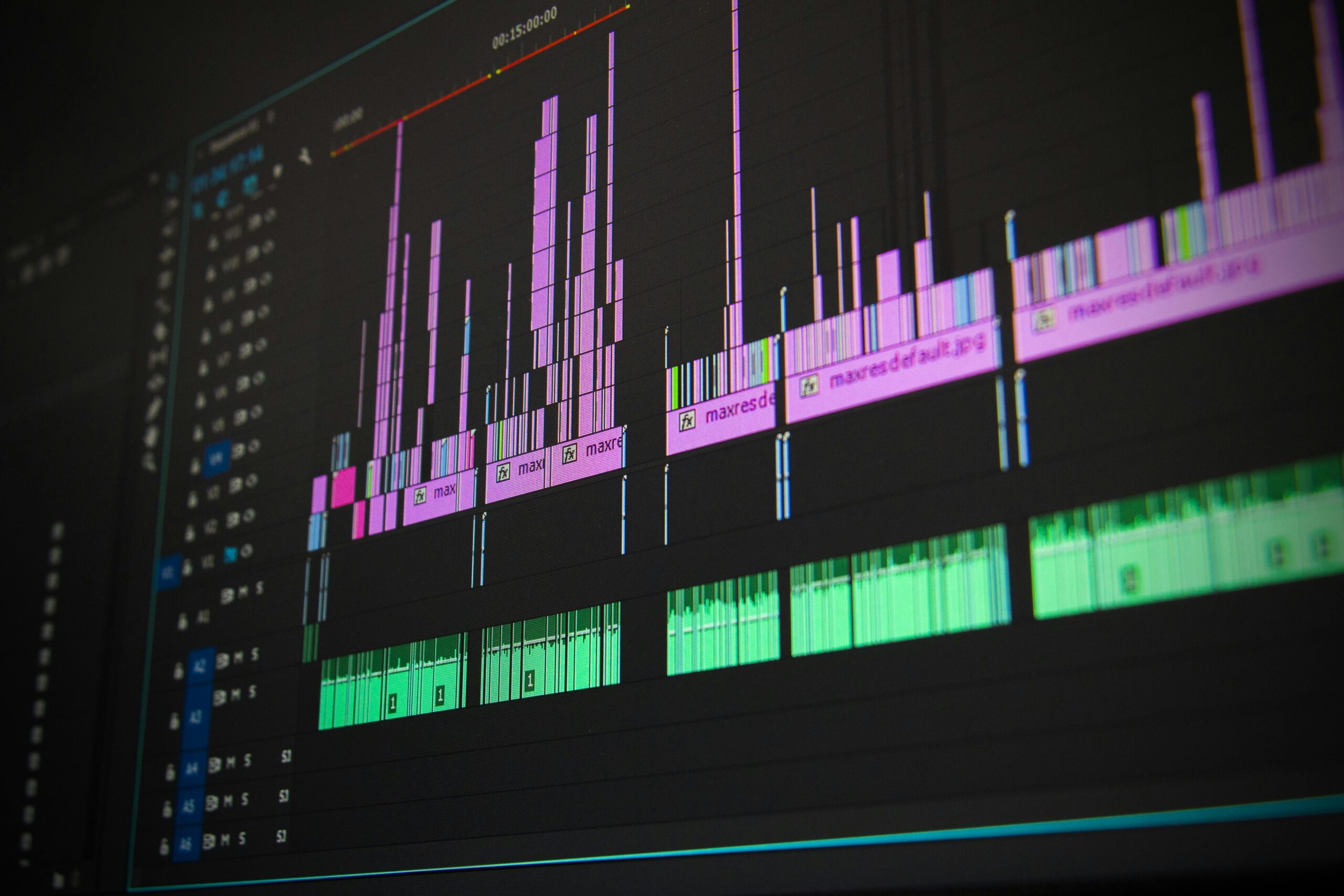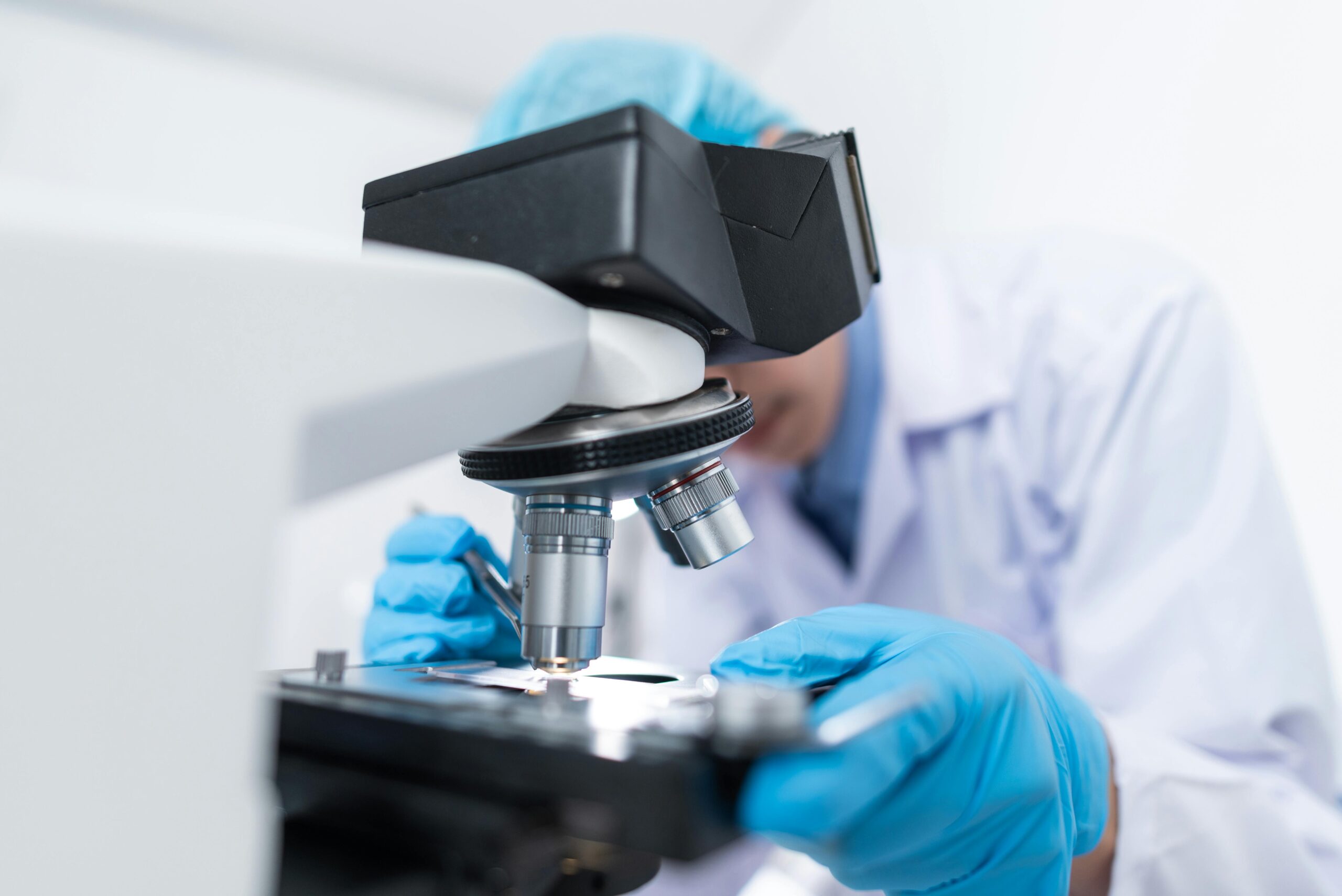The human body possesses remarkable regenerative capabilities, yet achieving perfect tissue integration remains one of modern medicine’s most complex challenges. Understanding the immunological mechanisms that govern healing processes opens unprecedented opportunities for therapeutic innovation.
As medical science advances, researchers are uncovering intricate relationships between immune responses and tissue regeneration. These discoveries are revolutionizing approaches to wound healing, organ transplantation, and regenerative medicine, offering hope for millions of patients worldwide seeking better recovery outcomes.
🔬 The Immunological Foundation of Tissue Integration
The immune system functions as both guardian and architect during tissue healing processes. When tissue damage occurs, immune cells immediately respond, orchestrating a complex cascade of biological events that determine healing success or failure. This delicate balance between protection and regeneration defines the outcome of every healing process.
Macrophages, T-cells, and other immune mediators communicate through sophisticated molecular signaling pathways. These cellular conversations determine whether healing proceeds smoothly or encounters complications such as chronic inflammation, fibrosis, or rejection. Understanding these immunological dialogues has become paramount for developing advanced therapeutic strategies.
Recent research reveals that immune responses exist on a spectrum rather than as simple binary reactions. The M1 and M2 macrophage polarization exemplifies this concept, where cells can shift between pro-inflammatory and pro-healing phenotypes depending on environmental signals and temporal factors throughout the healing timeline.
Critical Immune Cells in Healing Processes
Neutrophils arrive first at injury sites, clearing debris and pathogens while releasing factors that attract additional immune cells. Their timely removal proves essential, as prolonged neutrophil presence can impede healing and promote excessive inflammation that damages healthy tissue.
Macrophages orchestrate healing through multiple phases, transitioning from inflammatory M1 phenotypes that clear damaged tissue to regenerative M2 phenotypes that promote angiogenesis and extracellular matrix deposition. This plasticity makes them attractive targets for immunomodulatory interventions.
T-regulatory cells suppress excessive immune responses, preventing autoimmune reactions against newly forming tissue. Their dysfunction contributes to chronic wounds and transplant rejection, highlighting their importance in achieving seamless tissue integration.
🧬 Molecular Pathways Governing Tissue Harmony
Cytokine networks coordinate immune responses with remarkable precision. Interleukins, interferons, and growth factors create gradients that guide cell migration, proliferation, and differentiation. Disruptions in these molecular conversations lead to healing complications, while their optimization enhances regenerative outcomes.
The complement system, traditionally viewed solely as an antimicrobial defense mechanism, plays surprising roles in tissue regeneration. Complement fragments serve as chemoattractants and regulate inflammation intensity, demonstrating the interconnectedness of immunity and healing.
Toll-like receptors recognize damage-associated molecular patterns, initiating inflammatory responses appropriate to injury severity. Modulating these receptors offers therapeutic potential for controlling inflammation without compromising necessary immune functions during healing.
The Extracellular Matrix Connection
The extracellular matrix provides more than structural support; it actively communicates with immune cells through integrin receptors and embedded signaling molecules. Matrix composition influences immune cell behavior, creating feedback loops that shape healing trajectories.
Matrix metalloproteinases remodel tissue architecture, balancing degradation with new matrix deposition. Their activity must be precisely regulated, as excessive breakdown prevents proper tissue integration while insufficient remodeling produces rigid, non-functional scar tissue.
💡 Advanced Healing Solutions Through Immunomodulation
Biomaterial engineering has evolved to incorporate immunological insights, creating scaffolds that actively guide immune responses toward regenerative phenotypes. Surface modifications, controlled drug release, and structural properties all influence how immune systems interact with implanted materials.
Bioactive molecules embedded within scaffolds can sequester pro-inflammatory cytokines or release anti-inflammatory factors in response to environmental triggers. These smart materials represent a paradigm shift from passive structural support to active participants in healing processes.
Decellularized tissue matrices preserve natural immunomodulatory signals while minimizing rejection risks. By removing cellular components that trigger immune responses while maintaining beneficial matrix architecture and signaling molecules, these materials facilitate superior tissue integration.
Cell-Based Therapeutic Approaches
Mesenchymal stem cells demonstrate remarkable immunomodulatory properties beyond their regenerative potential. They secrete factors that polarize macrophages toward healing phenotypes, suppress excessive T-cell activation, and promote angiogenesis, making them valuable therapeutic tools.
Adoptive cell therapy, where immune cells are harvested, modified ex vivo, and reintroduced, allows precise immunological manipulation. Macrophage therapy with pre-polarized M2 cells shows promise for accelerating wound healing and improving tissue integration outcomes.
Regulatory T-cell therapies prevent rejection in transplant scenarios while promoting tolerance to regenerating tissue. Expanding and administering these cells therapeutically represents an emerging frontier in regenerative medicine.
🏥 Clinical Applications and Therapeutic Innovations
Wound healing complications affect millions globally, particularly patients with diabetes, vascular disease, or immunocompromise. Immunologically-informed treatments address underlying dysfunction rather than merely treating symptoms, offering more effective long-term solutions.
Chronic wounds often exhibit persistent pro-inflammatory states where M1 macrophages dominate and healing stalls. Therapeutic interventions that shift macrophage polarization toward M2 phenotypes demonstrate remarkable efficacy in resolving these difficult-to-heal wounds.
Transplantation and Immunological Harmony
Organ transplantation success depends critically on achieving immunological balance between preventing rejection and avoiding excessive immunosuppression that increases infection and cancer risks. Novel approaches seek tolerance induction rather than lifelong immune suppression.
Bioengineered organs incorporating recipient cells or immunomodulatory factors promise to reduce rejection risks. Hybrid approaches combining donor organs with recipient-derived endothelial cells show particular promise for improving long-term transplant survival.
Vascularized composite allotransplantation, including face and hand transplants, presents unique immunological challenges requiring innovative solutions. The multiple tissue types involved each trigger distinct immune responses that must be harmonized for successful outcomes.
🔍 Diagnostic Tools and Monitoring Technologies
Advanced imaging techniques now visualize immune cell behavior in real-time, providing unprecedented insights into healing dynamics. Multiphoton microscopy, photoacoustic imaging, and advanced MRI protocols reveal cellular-level processes without invasive biopsies.
Biomarker panels measuring cytokine profiles, immune cell populations, and molecular indicators predict healing trajectories before clinical complications manifest. Early detection enables proactive interventions that prevent healing failures.
Wearable sensors monitoring wound environments provide continuous data on inflammation markers, bacterial presence, and healing progress. This real-time information empowers personalized treatment adjustments optimizing individual patient outcomes.
Molecular Diagnostics and Personalized Medicine
Genetic profiling identifies patients predisposed to healing complications or excessive scarring. Understanding individual immunological signatures enables personalized therapeutic approaches tailored to specific immune response patterns.
Pharmacogenomic testing determines optimal immunomodulatory drug selections and dosing for individual patients. This precision medicine approach maximizes therapeutic benefits while minimizing adverse effects and costs.
🌟 Emerging Technologies and Future Directions
Nanotechnology offers unprecedented control over immune modulation at cellular and molecular levels. Nanoparticles deliver therapeutic cargo specifically to target cells, minimizing off-target effects while maximizing efficacy.
Immune cell-mimicking nanoparticles sequester pro-inflammatory cytokines or deliver anti-inflammatory signals, modulating immune responses without introducing live cells. These synthetic approaches offer advantages in manufacturing, storage, and regulatory approval processes.
Gene editing technologies like CRISPR enable precise modification of immune cell functions. Engineering macrophages with enhanced regenerative capabilities or T-cells with improved regulatory functions represents transformative therapeutic potential.
Artificial Intelligence in Immunological Research
Machine learning algorithms analyze complex immunological datasets, identifying patterns invisible to human researchers. These insights accelerate therapeutic discovery and enable prediction of individual healing outcomes based on initial immune profiles.
Computational modeling simulates immune responses to therapeutic interventions, allowing virtual testing before clinical trials. This approach reduces development timelines and costs while improving success rates of novel treatments.
🌐 Integration of Traditional and Modern Approaches
Traditional medicine systems have long recognized connections between overall health and healing capacity. Modern immunology now provides molecular explanations for many traditional healing practices, validating and refining time-tested approaches.
Nutritional immunology reveals how dietary components modulate immune functions critical for healing. Omega-3 fatty acids, polyphenols, and specific micronutrients influence inflammatory responses and tissue regeneration through well-characterized molecular mechanisms.
Mind-body interventions including stress reduction and adequate sleep demonstrably improve healing outcomes through immunological pathways. Psychological stress elevates cortisol and pro-inflammatory cytokines, impairing tissue integration, while relaxation techniques reverse these effects.
Microbiome Contributions to Healing
The human microbiome profoundly influences systemic immunity and local wound environments. Beneficial bacteria produce metabolites that modulate inflammation, while dysbiosis impairs healing and increases infection risks.
Probiotic and prebiotic interventions show promise for improving healing outcomes by optimizing microbiome composition. Topical application of beneficial bacteria to wounds demonstrates efficacy in specific contexts, opening new therapeutic avenues.
⚡ Overcoming Challenges in Clinical Translation
Despite remarkable research progress, translating immunological discoveries into clinical practice faces significant challenges. Regulatory pathways for cell-based and complex biological therapies remain evolving, requiring extensive safety and efficacy demonstrations.
Manufacturing scalability presents obstacles for personalized immunotherapies. Producing patient-specific cell products requires sophisticated facilities and processes, increasing costs and limiting accessibility to specialized centers.
Long-term safety monitoring for novel immunomodulatory interventions requires extended follow-up periods. Unforeseen effects may emerge years after treatment, necessitating comprehensive surveillance systems and patient registries.
Economic and Accessibility Considerations
Advanced immunological therapies often carry substantial costs, raising healthcare equity concerns. Developing cost-effective manufacturing processes and delivery systems ensures these innovations benefit diverse patient populations rather than only affluent individuals.
Global health applications require adapting sophisticated technologies for resource-limited settings. Simplified approaches maintaining therapeutic efficacy while reducing complexity and infrastructure requirements extend benefits to underserved populations.
🎯 Practical Strategies for Optimizing Healing Outcomes
Patients can actively support their immune systems during healing through evidence-based lifestyle modifications. Adequate protein intake provides amino acids essential for immune cell function and tissue synthesis. Vitamin C, zinc, and vitamin A specifically support immune functions critical for healing.
Physical activity modulates inflammation in beneficial ways, promoting M2 macrophage polarization when performed at appropriate intensities. However, excessive exercise during acute healing phases can impair recovery, highlighting the importance of balanced approaches.
Avoiding immunosuppressive factors including smoking, excessive alcohol consumption, and chronic sleep deprivation dramatically improves healing potential. These lifestyle factors profoundly affect immune function through multiple molecular pathways.

🚀 The Path Forward: Integration and Innovation
Achieving seamless tissue integration requires interdisciplinary collaboration combining immunology, materials science, engineering, and clinical expertise. Breaking down traditional disciplinary silos accelerates innovation and translation of discoveries into patient benefits.
Standardization of research methodologies and outcome measures facilitates comparison across studies and accelerates knowledge accumulation. International collaborations share data and resources, advancing the field more rapidly than isolated efforts.
Patient involvement in research design ensures investigations address clinically meaningful questions and outcomes. Including patient perspectives throughout the research process from conception through implementation improves relevance and adoption of new therapies.
The convergence of immunological insights with advanced technologies promises revolutionary healing solutions. As understanding deepens regarding immune system roles in tissue integration, therapeutic possibilities expand exponentially. Personalized immunomodulation, smart biomaterials, and regenerative cell therapies are transitioning from experimental concepts to clinical realities.
Success requires continued investment in fundamental research elucidating immunological mechanisms alongside translational efforts bringing discoveries to patients. The complexity of immune-mediated healing demands patience and persistence, but the potential rewards—improved quality of life for millions suffering from healing complications—justify these sustained efforts toward unlocking true tissue harmony.
Toni Santos is a biotechnology storyteller and molecular culture researcher exploring the ethical, scientific, and creative dimensions of genetic innovation. Through his studies, Toni examines how science and humanity intersect in laboratories, policies, and ideas that shape the living world. Fascinated by the symbolic and societal meanings of genetics, he investigates how discovery and design co-exist in biology — revealing how DNA editing, cellular engineering, and synthetic creation reflect human curiosity and responsibility. Blending bioethics, science communication, and cultural storytelling, Toni translates the language of molecules into reflections about identity, nature, and evolution. His work is a tribute to: The harmony between science, ethics, and imagination The transformative potential of genetic knowledge The shared responsibility of shaping life through innovation Whether you are passionate about genetics, biotechnology, or the philosophy of science, Toni invites you to explore the code of life — one discovery, one cell, one story at a time.




